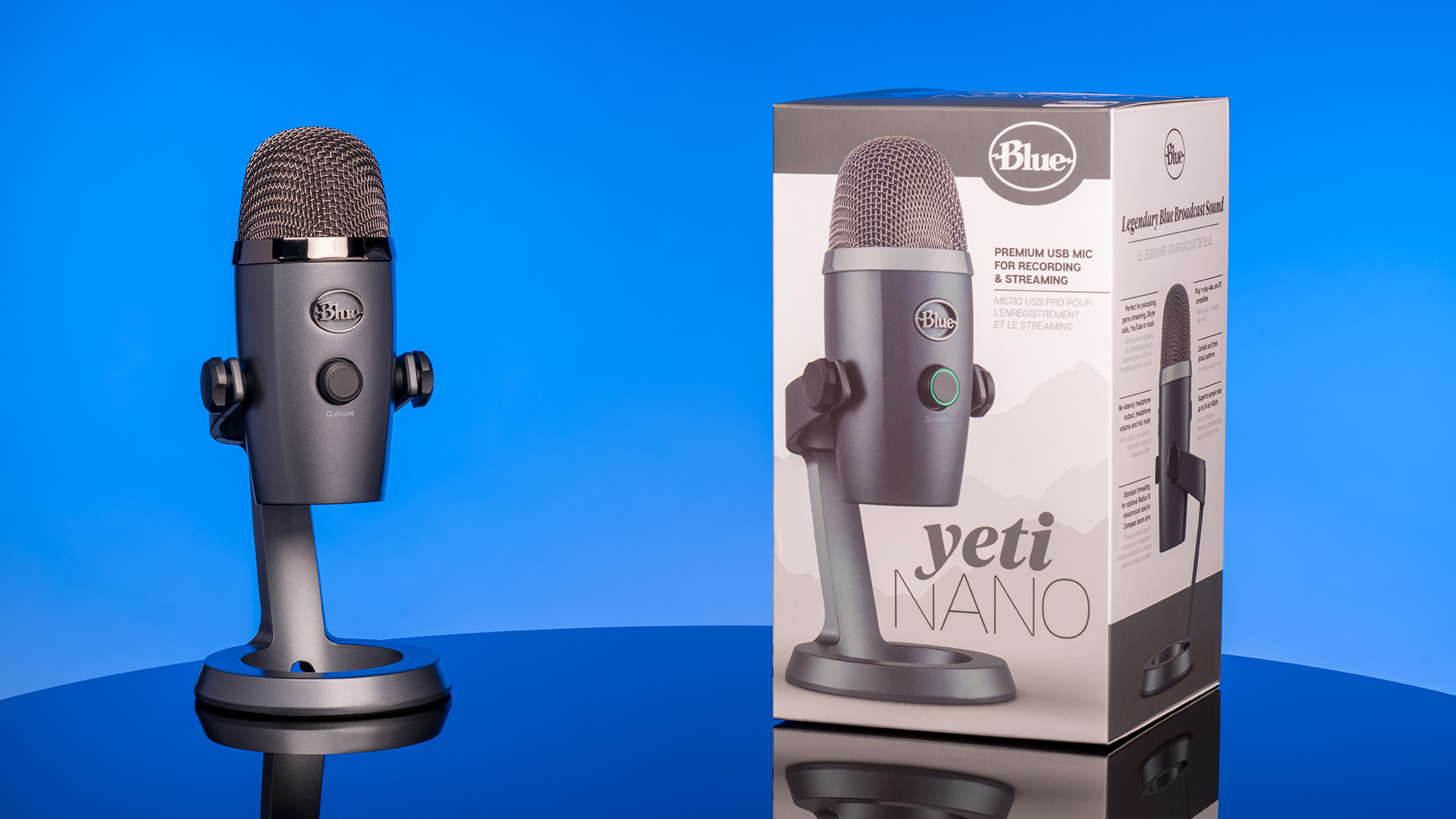
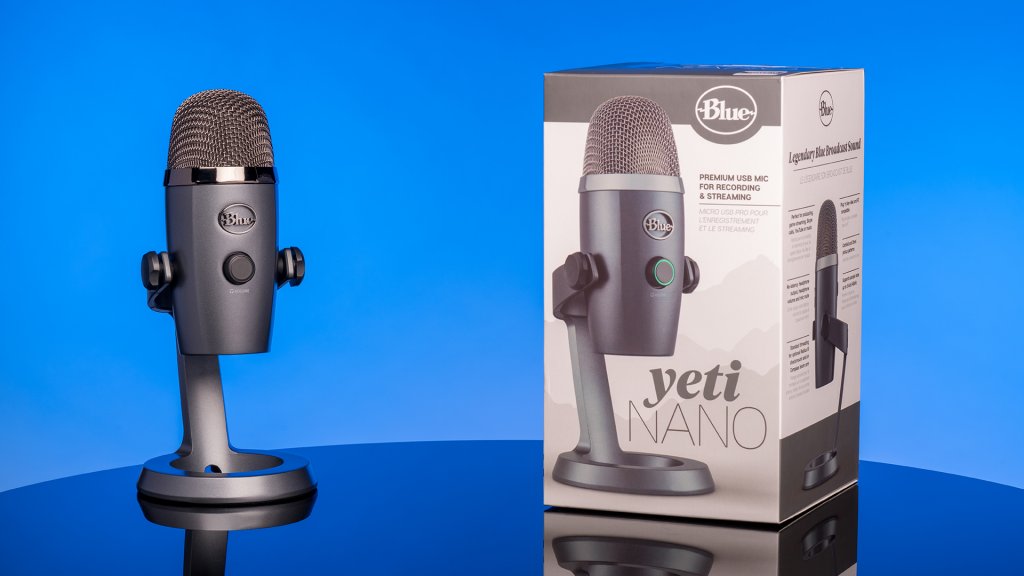
For years now, the answer to the question “I’m new to the world audio – what microphone should I get?” has been “get a Blue Yeti.” While fans of other companies can argue the pluses and minuses of their beloved mics, the Yeti is the undisputed king of entry-level prosumer microphones for podcasting, streaming, gaming, and home voiceover work. It’s a microphone that does the job, and does the job impeccably for the majority of people just dipping their toes into home recording.
That’s a big legacy for the Yeti Nano, Blue’s latest iteration in their acclaimed series, to live up to. Is this another easy recommendation for Blue?
You can pick up the Blue Yeti Nano for $99.99.
Size and Looks
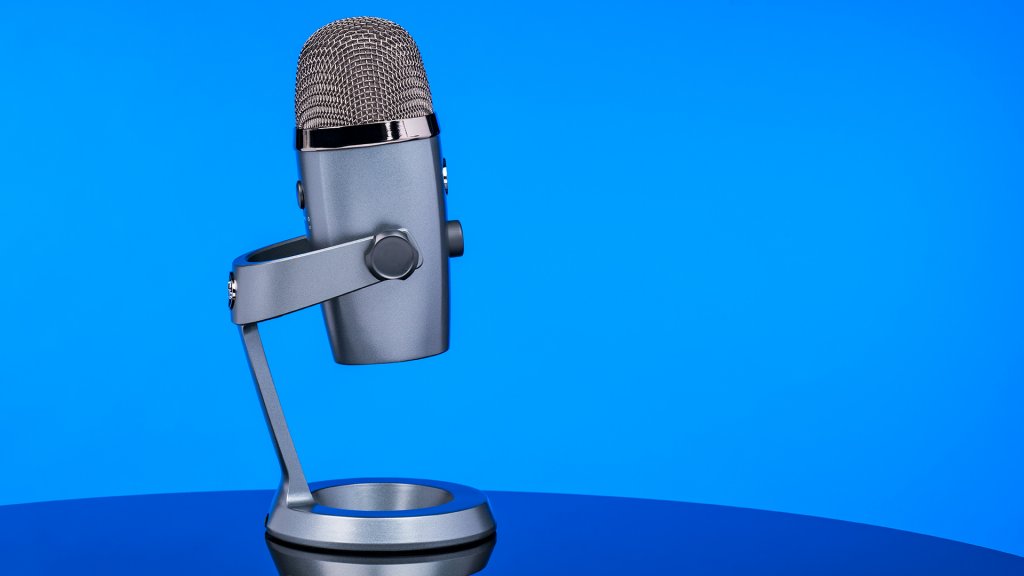
The Nano is a significantly smaller and more streamlined microphone than the older Yeti Pro. Its small stature is the first thing you notice when you take it out of the packaging – at only 4.39 x 3.78 x 8.31 inches, the microphone and the stand is smaller than other microphones I have without stands. The small frame makes the Nano great for those who are just getting into audio and may not have the desktop space for a big, bulky boom arm or stand. The Nano can also be removed from the stand, making it easy to travel with. If you’re the kind of person who wants to take a podcast on the road, or you’re a college student who frequently travels from your dorm back home, the tiny Nano is ideal.
Looks-wise, the Nano has the same sleek, elegant design I’ve come to expect from Blue. While some may find the monochromatic gray coloring a bit boring and crave a more colorful “gamer” aesthetic, I like the Nano’s professional, broadcast-quality look.
Controls and Connections
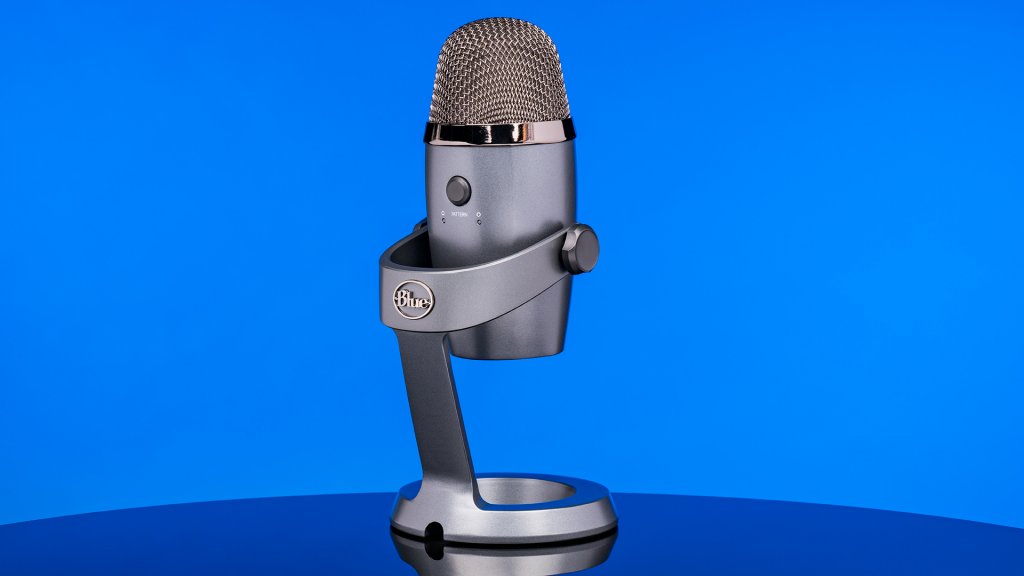
The Nano isn’t just a Yeti Pro shrunk down a few inches – Blue has gone with a more minimalist, utilitarian approach. The micro USB to USB connector is located on the bottom of the mic, as is the headphone jack. On the front of the mic is just a clearly labeled volume knob that also doubles as a mute button. There’s no guesswork required to determine if the Nano is muted or not – the knob glows green when active and red when muted. The knob is bright and distinctive, but not overly bright that it’ll draw your eye away from your monitor when you’re trying to do work.
Fans of Yeti mics might notice that the Nano lacks a Gain knob. This was probably eliminated to help reduce the Nano’s physical size, but it does mean you’ll have to adjust the Nano’s recording sensitivity in your OS or recording software. This isn’t a dealbreaker by any means, but the inability to quickly boost or reduce the Nano’s volume might irritate some.
On the back of the mic is the pattern selection button. On previous Yetis, I’ve disliked this button placement, as you’d have to physically pick up the microphone and turn it around to be able to tell which polar pattern you’re switching to. Not so with the Nano – since there is only one pattern, it’s a simple button press. Two LED lights let you know which pattern you’ve selected. Unfortunately, there’s no indicator letting you know which polar pattern you’re on the front of the mic, but it’s rare you’ll be switching between patterns frequently enough to need it.
Performance and Features
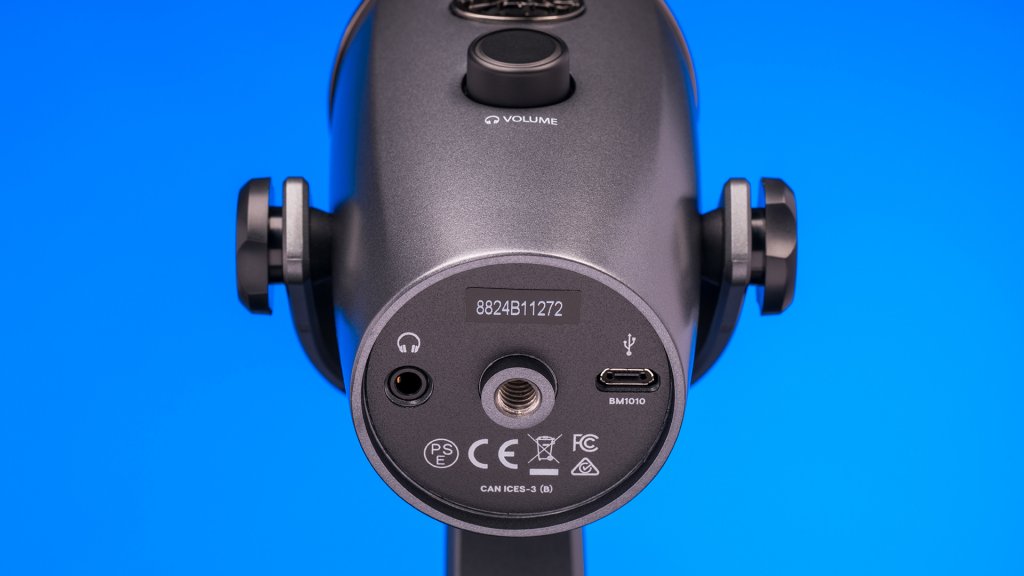
The Yeti Nano, like all Yetis, is a USB microphone, plugging straight into your computer and bypassing your soundcard entirely. While professionals and audio snobs might dislike the USB connection and prefer to use their own mixing board and a wide array of XLR microphones, a USB mic is perfect for those just getting into the world of home recording and want something that “just works.” However, a USB microphone does limit your upgrade path if you get deeper into audio production – if you want a better sound from a more expensive microphone, you’re going to have buy something new.
You probably won’t need an upgrade for a long time though, because the Nano has many characteristics of professional microphones twice its price, like 24 bit-depth recording.
To sum it up quickly, 24 bit-depth mean the Nano can capture and store more of the sound from your audio source, making your recording sound more accurate to the source. It’s not a magical boost in audio quality, but if you know what you’re doing, you can achieve close to professional studio-quality recordings with the Nano, which is pretty impressive for a “lowly” USB microphone. All that being said, the Nano lacks some features you’d commonly find on studio-level microphones, like -10dB padding or a low-cut filter. If you don’t know what these are, you definitely don’t need them, but professionals and audiophiles recording more than just vocals will might want to go for something a little more sophisticated.
Missing Patterns
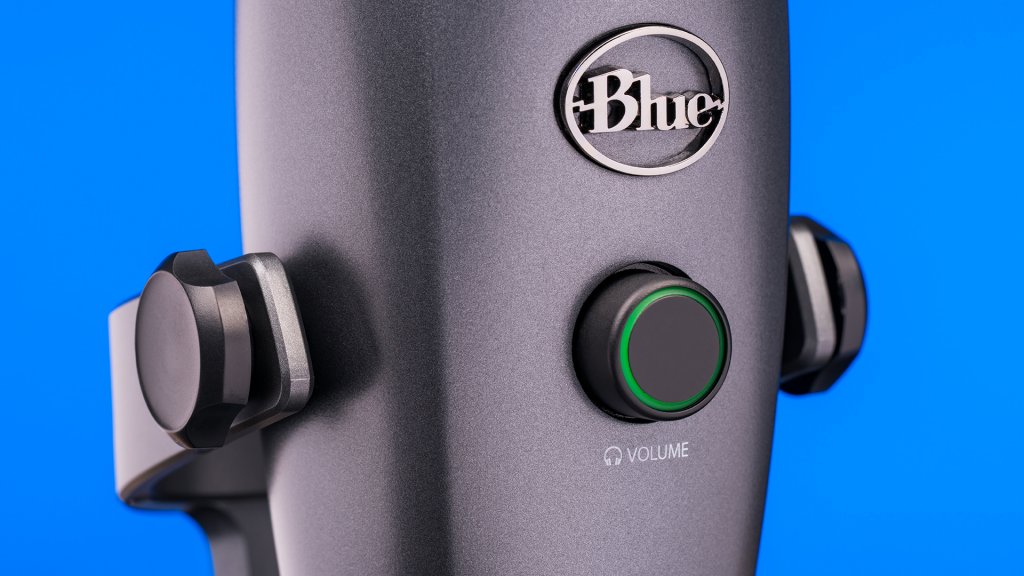
The Nano also has two different polar patterns you can use – cardioid and omnidirectional. These polar patterns determine how sensitive the microphone is, and where on the mic it will pick up audio. You can read up more if you’re into the technical stuff, but basically, you want use cardioid for recording yourself and omnidirectional for recording a group of people.
While the Nano lacks two of the polar patterns featured on the Yeti Pro, I rarely, if ever, used them. Worse, newbies most likely used those extra polar patterns incorrectly, causing their audio to sound worse. By streamlining polar patterns, the Nano feels more focused, and it’s more apparent what the Nano is trying to do.
Sound Quality
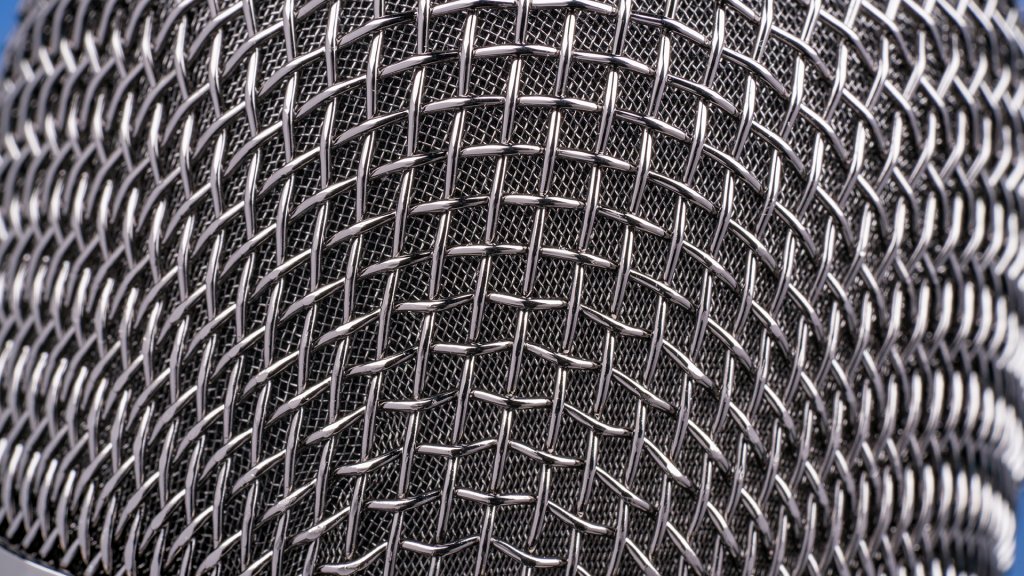
How does the microphone sound? While a lot of sound quality is subjective, I’d say it’s about on par with the Blue Yeti Pro. On my test recordings, I found the Nano to have a very clear, natural sound that nicely captured both the higher and lower frequencies of the human voice. The Nano has a rich, full sound to it than makes it perfect for gaming, streaming, or anything else where you just want to set the mic to record and forget it.
I had a few friends record on it as well, and despite their wildly different vocal ranges, the Nano performed perfectly. I only have one qualm, and that’s with omnidirectional recording. The Nano’s small size made microphone placement difficult when recording a group of three people, and as a result, some vocals sounded a bit tinny and far away. This makes me hesitant to recommend the Nano if you’re primarily going to be recording large group podcasts, for example, but I do think it can sound serviceable if you’re wary of the microphone’s sensitivity.
Also, be aware that the Nano is primarily a vocal microphone, and not really suited for capturing the sonic range of instruments like guitars or drums. That being said, if you’re just interested in laying down a demo, the Nano will work in a pinch.
The Yeti Nano comes with a threaded mount adapter if you wish to use your own stand, boom arm, or Blue’s own Radius III shock mount. This is great if the Nano isn’t your first microphone and you already have the equipment. While I’m willing to guess most people interested in the Nano will leave it in the included stand, it’s admirable that Blue has made a product that will remain useful as you continue to get deeper and more serious about audio.
Blue Yeti Nano: The best Yeti yet?
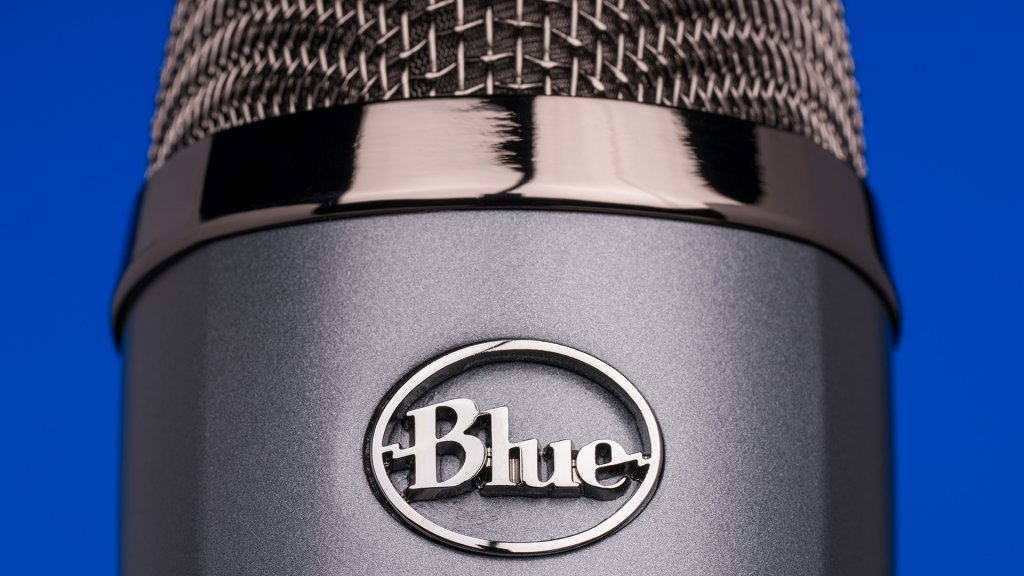
As much as I loved how the Nano sounded when recording myself solo, the Nano isn’t the be-all end-all microphone for everyone. The USB interface and lack of certain features means professionals will still want the level of versatility and customization that an XLR microphone and a mixing board provides.
However, your average streamer or podcaster is going to absolutely love the Nano, and it’s easily my favorite microphone Blue has released so far. The Nano not only “just works,” it works really, really well, and that’s enough to earn it an easy recommendation for anyone looking to get into home audio recording.
For more, read our detailed guide on podcast microphones.

